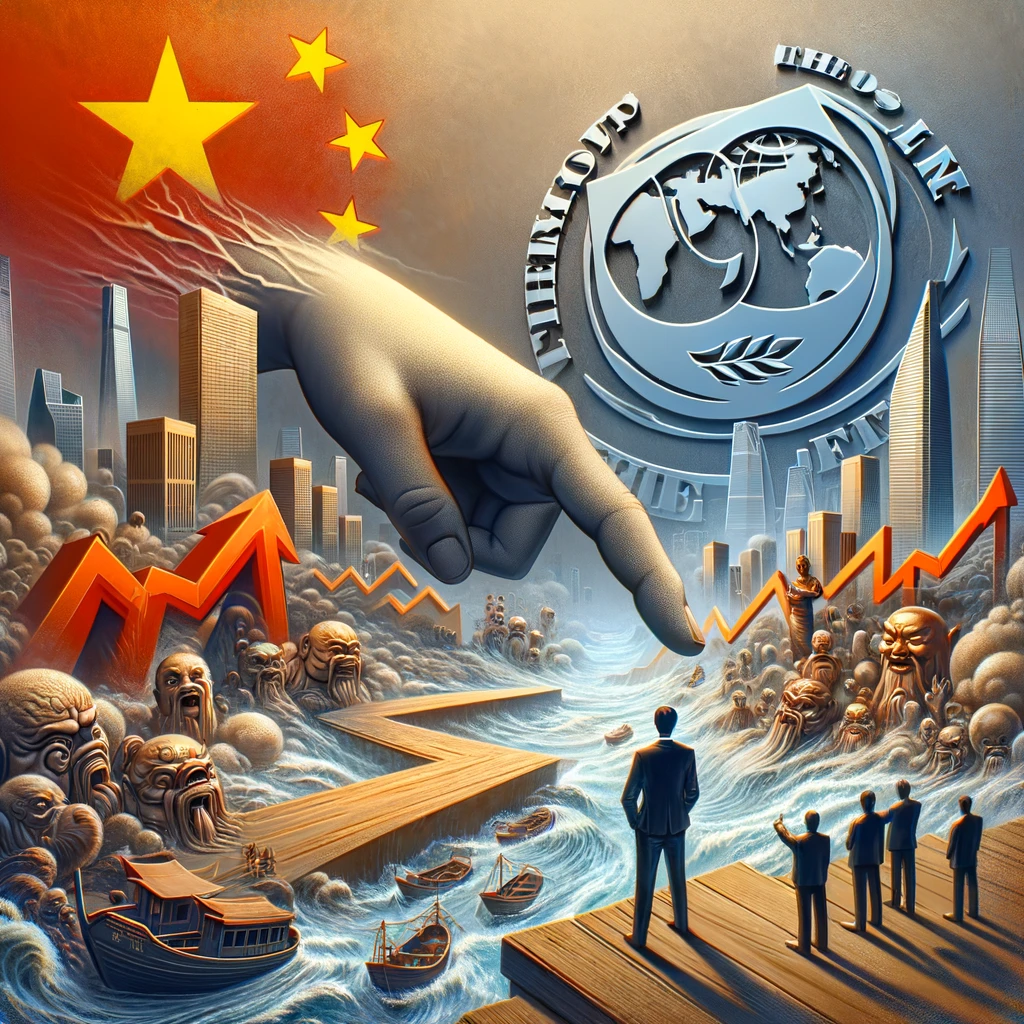The economic engine of China, once roaring, seems to be sputtering these days. The International Monetary Fund (IMF) chief, Kristalina Georgieva, threw down the gauntlet, presenting China with a stark choice at a recent international business meet in Beijing. It’s high time, she argued, for China to ditch the old playbook and champion pro-market reforms to spark growth. This comes against the backdrop of a global economy that, while toughing out recent shocks, is bracing for a period of unimpressive growth due to a cocktail of low productivity and towering debt.
A Fork in the Road for China
At the heart of the discussion is China’s current crossroads situation. The country can either cling to the strategies that fueled its meteoric rise but now falter under new global realities, or it can pivot towards a future carved out by embracing market reforms. This debate unfolds as China hosts its premier international business conference, with heavyweights from Apple to ExxonMobil in attendance, suggesting the world is watching closely.
China’s Premier Li Qiang kicked off the forum with promises of easier market access for foreign companies and boosting domestic consumption. Yet, these assurances come at a time when China faces oversupply risks in several sectors, potentially leading to a flood of cheap exports on the global stage. Despite setting an optimistic growth target of 5% for the year, the shadows of a real estate downturn and demographic challenges loom large, threatening to drag the economy further down.
The Roadmap to High-Quality Growth
The term “high-quality growth” isn’t new to the Chinese leadership’s lexicon, but its invocation by the IMF’s Georgieva underscores a shared vision for China’s economic evolution. She posits that a suite of pro-market reforms could significantly bolster the nation’s GDP over the next decade and a half. From tackling the real estate glut to revamping the pension system, the suggested reforms aim at not just economic expansion but enhancing the quality of growth, focusing on human capital and leveling the playing field between private and state-run entities.
On the global stage, however, China’s path is fraught with challenges. The country’s commerce minister, Wang Wentao, has painted a grim picture of the international trade environment, marked by rising protectionism and geopolitical strife. Yet, China’s “new three” industries—electric vehicles, solar energy, and lithium batteries—are booming, signifying a strategic pivot towards sectors that could define the future of global energy and transportation.
However, this shift hasn’t been without its critics. The West, particularly the EU and the US, is on edge over the potential market disruption caused by cheap Chinese exports, leading to calls for protective tariffs and anti-subsidy probes. These tensions underscore a broader conflict between China’s state-driven economic model and the market-driven approaches of the West, with neither side showing signs of backing down.
In essence, China’s economic trajectory is at a pivotal moment. The choices made today—whether to double down on past strategies or embrace reform—will not only determine the country’s future but also reshape global trade and economic landscapes. With the IMF laying out a path for reform, the ball is in China’s court to navigate these turbulent waters, balancing domestic imperatives with global responsibilities. The road to recovery and sustained growth is complex, requiring a nuanced approach to policy-making that balances short-term needs with long-term visions for a prosperous, equitable global economy.
Land a High-Paying Web3 Job in 90 Days: The Ultimate Roadmap
